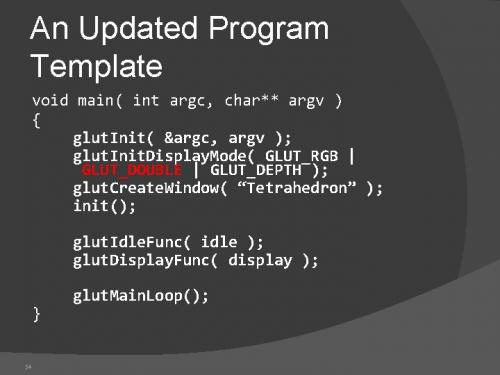Font rendering in glut using bitmap fonts with sample example
Font Rendering in Glut on MS Windows
A quick look at some of the new features available in the latest versions of Microsoft Office applications reveals the need for higher quality of font rendering in glut. Before discussing the importance of Font Rendering in glut for designers and developers, it is important to understand how font rendering works. Font rendering is basically the representation of an image as a text. For example, if you are rendering a picture of a cat in this example, you would be rendering it as a bitmap font.

The actual font is raster position bitmap data that has been compressed into a low-resolution image for use in a variety of visual applications. There are two types of font rendering in glut: raster and vector. It should be noted that although there are a lot of similarities between the two, they have slightly different features.
Raster Font Rendering is ideal for the creation of scalable font assets for intranet application and other network applications. This method is typically used for raster graphics and complex bitmap font rendering where there are many different colors and images to render. To create a raster font, the application first creates a series of single precision floating point raster image commands. Then, using a special type of operation table, the individual raster image commands are combined and then fed into a float x control to create the desired font.
Vector Font Rendering is similar to raster font rendering, but here, the graphic representation is actually a vector graphic. The main difference between them is that only a single float is needed in order to create each individual bit of the font. This method is often used to create complex and very detailed fonts like those used in comics or hand-drawn greeting cards. To render a vector font, the application first creates a series of single precision floating point raster images. Then, these rates are combined using a float x control to form the desired font.
Alpha Font Rendering is similar to raster font rendering; however, the actual font is not a raster image, but a text. This type of font rendering uses a program called alphatofont. This type of font rendering is great for creating very detailed and intricate fonts. To use this font rendering method, the application first creates a series of single precision floating point textured images.
Then, these textured fonts are blended together using a float texture function. A texture function emulates the look and feel of a brush. The result is a textured font that has been crafted by an expert designer. There are some applications that support both raster and bitmap fonts. However, for the creation of highly detailed and exact font rendering, a programmer should use only raster fonts as it takes longer to set up the bitmaps for use with bitmap fonts.
Before using any application to render fonts, you must make sure that the software can create the appropriate raster fonts. Next, select a program that supports raster fonts. After this, copy the font sample image that you want to use from the fonts folder in your Windows system. In the font samples’ folder, open the font file that you have just copied using your preferred application. You can now edit the font via the Properties panel of the application, if required.
To make the font appear in different colors, apply a color effect to the font using the graphic editor of your application. For example, if you have selected ‘Starry Night’ as the default font, then use the ‘attenuation’ option in order to obtain the desired effect. Finally, save the font to be used in the rest of your projects. You can also experiment with different color effects by using the Paint Shop Pro graphics program to modify existing fonts or by creating new fonts. By using sample example fonts in your application project, you can obtain good results without the use of professional designers.